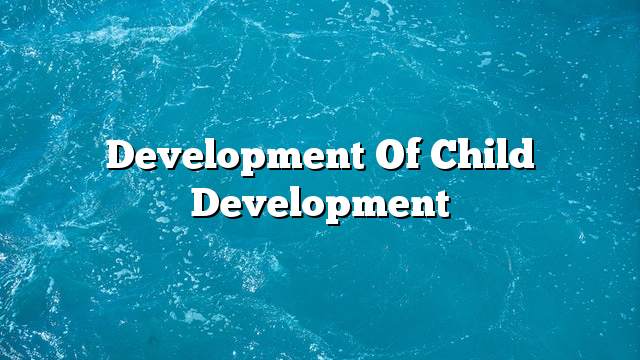The first months of his life
Communication and acquisition of languages
The child’s communication and language skills in the first month of his or her life are as follows:
- Start making noise and loud sounds.
- Do not issue sounds other than crying.
Physical and motor growth
The child’s movement and physical development are as follows:
- Hold the hand tightly.
- Move your arms and legs in equal motion.
- Pull on his stomach, and raise his head to the top briefly.
Social and emotional development
The child’s emotional and social development is as follows:
- Learn the voice of his mother.
- Responds to parental custody.
- The child is active when he listens to pleasant sounds such as music.
Cognitive Growth
The child’s cognitive development is as follows:
- Traces the faces around it.
- Gazing at the things in front of him, especially the bright color.
Evolution of child weight
During the first months of the child, the child gains an excellent weight, but after that age, his weight starts to slow by half, and at the end of the third year he increases his weight three times.
Development of the sense of sight in the child
The sense of sight passes through many stages to develop, as follows:
- In the first month of life: the visual cortex develops at high speed.
- In the second month: the child can distinguish many colors.
- In the third month: the child controls the vision and develops his memory.
- At the sixth month of the child’s age: he can focus on different distances, and distinguishes objects from a distance.
Development of the child’s brain
The newborn’s brain weighs less than 0.45 kg, is not fully developed, and continues to grow to the age of six. During growth, billions of neurons in brain cells produce electrical signals, chemical reactions that interact with cells Some, 50% of the neurons produce omega-3 fatty acids (DHA), which form the core of the brain, so fatty acids (DHA) and Omega-3 work side by side to perform the functions required for brain health.
